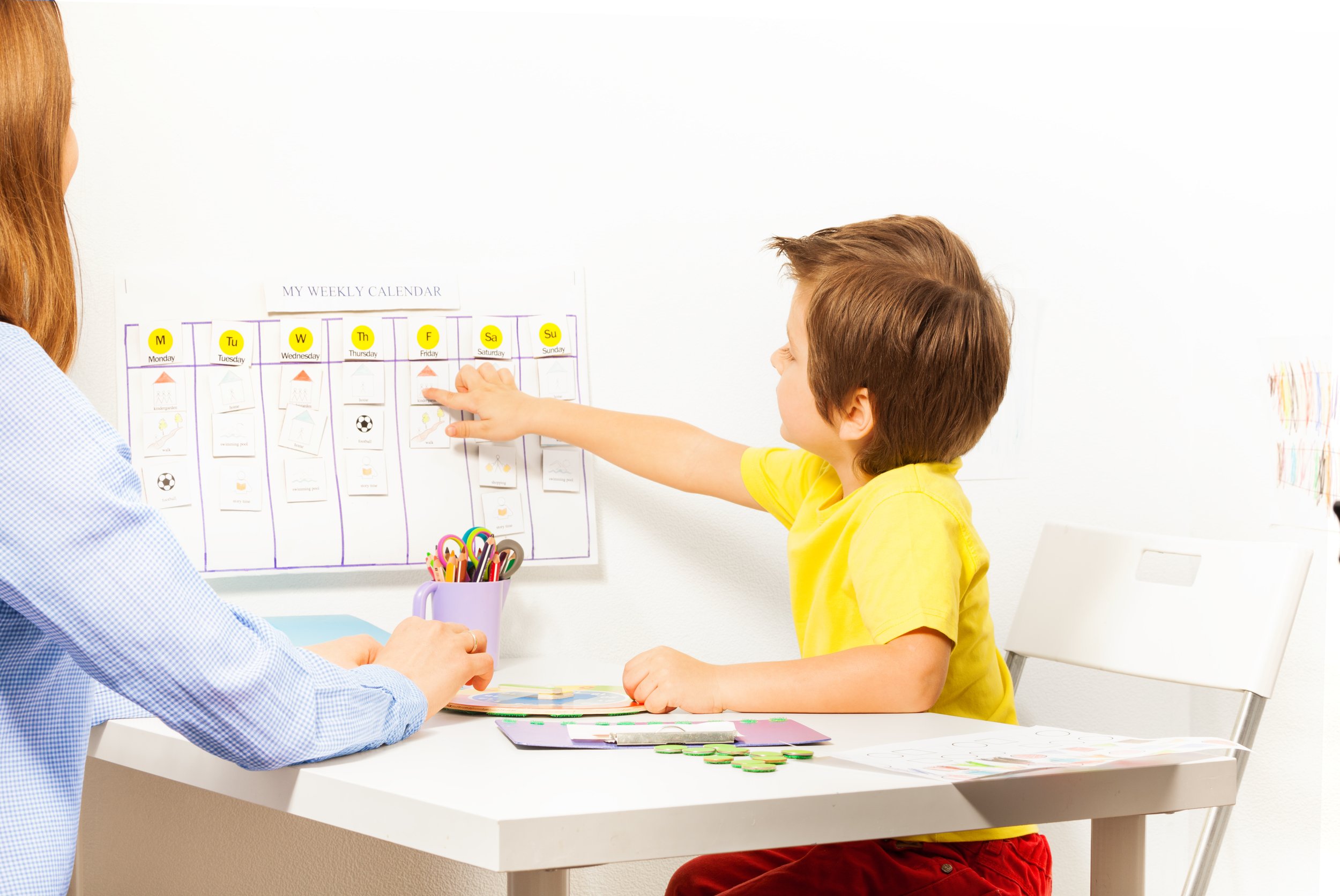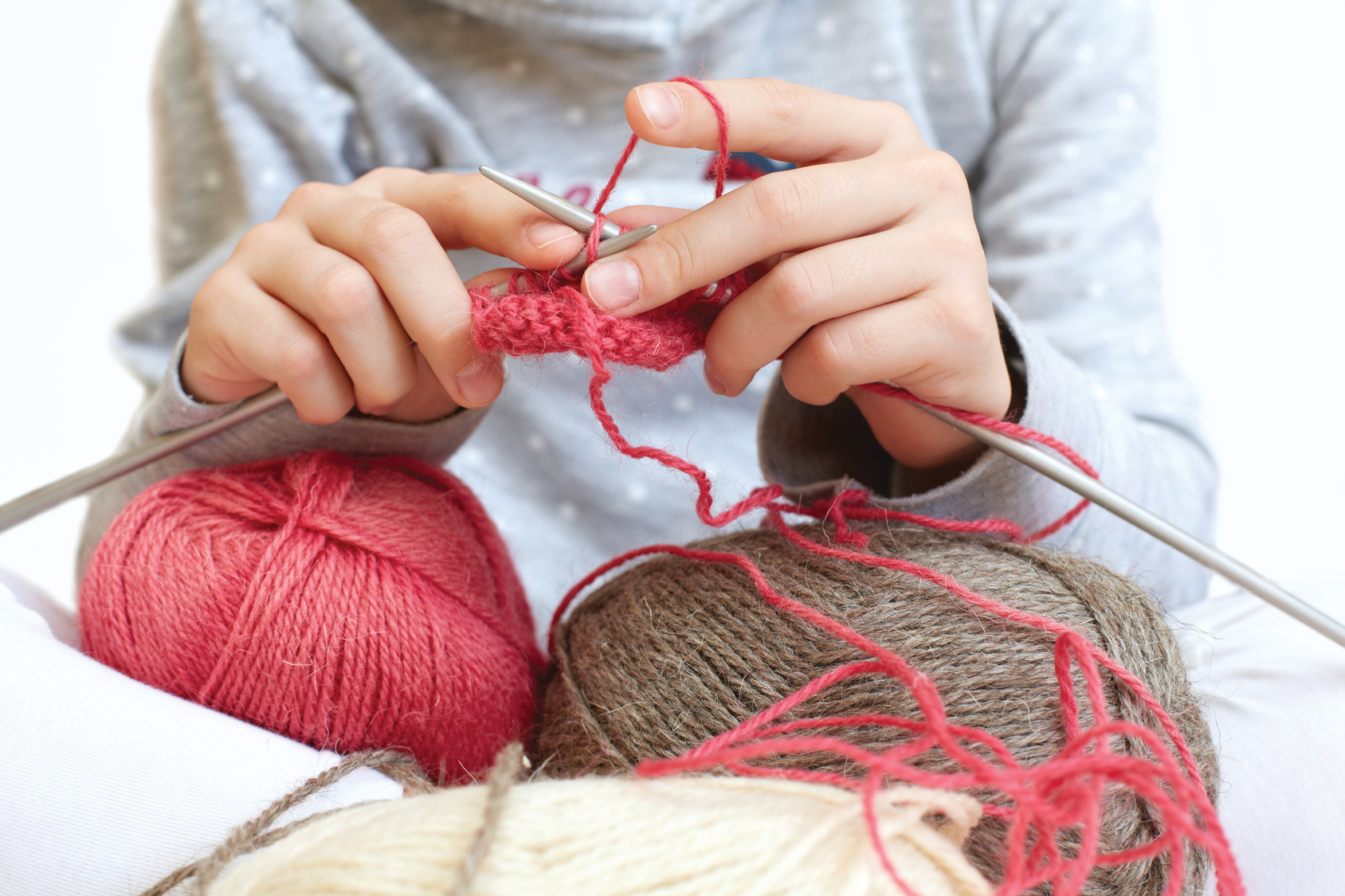How Do You Get Ready for a New School Year?
We rounded up our readers' best tips to prepare for back-to-school.

Accept that all my plans are subject to change at any point!
—Claire*
Since we started homeschooling, I’ve asked my kids to answer the same five questions every year on the first day of school: What’s your favorite book, where would you most like to travel, what do you like to do, what do you like to learn, and what’s your favorite song. I’ve been keeping their responses and plan to bind them to give as a graduation gift.
—Jordan*
Last year, we set up “work stations” for both kids with desks, shelves, and a file cabinet even though our homeschool is very relaxed. Having a dedicated workspace has made my sons better at following through on some of their big ideas that have previously started with a bang and petered out unfinished over the semester.
—Rachel*
Write your own rubrics. This is less glamorous and exciting than not-back-to-school parties, but figuring out what you want to accomplish with each child and how you’ll measure your success in accomplishing those ends will pay off for your home- school all year long.
—Juliet*
Frose! Freeze your fave rose overnight in an ice cube tray, then blend with 1/2 cup chopped strawberries, 4 ounces of Licor 43 (or even golden syrup in a pinch), and a shot of lemon juice until it’s all slushy goodness. It makes everything better.
—Cara*
I start seeding our reading basket with books related to things we’ll be studying in the fall at the beginning of the summer — when we start “back to school,” the kids have an immediate connection to our lessons.
—Mary Beth*
Move everything in the school room around. rearranging all the furniture keeps us from getting into a rut and inspires us to try new things — plus, it helps keep at least some of the clutter at bay.
—Alison*
I try to get play dates and park days on the calendar way in advance — my very social kids look forward to activities, and this way, they don’t get lost in the busy-ness of our school year.
—Valerie*
I write official break days into the calendar every few weeks. We always seem to fall behind — I think I might be an over-ambitious planner! — and we can get exhausted playing catch-up. Having regular breaks in place helps push us to recalibrate as needed.
—Jenny*
I like to start each new year by making a list of everything that we’ve accomplished and enjoyed so far. It helps get me in a positive frame of mind and gives me a little confidence boost as I’m figuring out our next moves.
—Courtney*
The kids and I put together a soundtrack for the year, a combination of songs we love and songs that highlight things we're excited about doing in the coming year. We end up playing it all year long.
—Joy*
I choose a couple of my favorite art pieces from the previous year and get them professionally framed. (We move the previous year’s art to our hallway gallery or the kids’ rooms.) It’s a fun way to freshen up our school room.
—Emily*
We make a “snack schedule” so that we can stock the fridge and pantry with get-your-own snacks.
—Cameron*
*last names removed for online publication. This was originally published in the summer 2018 issue of HSL.
Whether you live to color-code or need a system that flexes and changes with your family’s needs, keeping good homeschool records is essential. And you can do it — all you need is a system that you’ll actually use.
Aminata and Malcolm have discovered that a purposeful morning routine is the perfect start to their homeschool day.
When your homeschool starts to feel like more work than fun, it’s time to make a change.
Jenn’s been struggling to find a balance between the structure and academics she needs and the fun, laidback vibe she wants her homeschool to have.
If your homeschool schedule isn’t making your life happier, easier, and more productive, isn’t it time to change things so that it is? Beverly has some great tips for creating a homeschool schedule that works for you.
Planning your homeschool year is about more than just making a weekly checklist or figuring out what to use for science. If you want your homeschool to grow with you and take your kids where they want to go, keeping these questions in mind can help you stay on track.
The best way to plan your homeschool year is the way that works best for your particular homeschool — and like all the rest of homeschooling, it may require some trial and error to find the right balance. That’s why our “perfect” planning method is adaptable as you need it to be: Use the skeleton to make a loose frame for the year, or go all out and plan every week in advance. It’s your homeschool. Make a plan that works for you.
A homeschool retreat can be inspiration, direction, and sanity saver all in one — and if you don’t have a secular homeschool conference nearby, you can create your own.
Chances are, you’re doing better with this whole homeschool thing than you think you are. These six signs are all indicators that you’re on the right track — and we think that’s something you should celebrate.
5 surprising ways to build a homeschool life that works for your whole family — including you. “If your homeschool isn’t giving you personal satisfaction most of the time, something needs to change.”
It’s easy to get so caught up in your everyday to-learn lists that you lose sight of the bigger picture of what you want your homeschool life to feel like.
Reinventing your homeschool is just part of the process, but this six-step process will help your homeschool grow in the ways that work best for your family.
Your official last day of school can be whenever you want—so pick a date that matches your family’s homeschool rhythm (or don’t pick a date and have a year-round homeschool).
Truly, the biggest hurdle to cobbling my own history curriculum together has been organizing the resources in such a way that I know where they are, I remember all of the ideas that I had, and I don’t leave anything out.
This easy organization method won’t stress you out and will make your life a whole lot easier when you start working on transcripts and other official paperwork for high school graduation.
Planning out your year doesn’t have to be scary or stressful.
February 11 is National Clean Out Your Computer Day, but do you really need an excuse? Get all those curriculum plans, worksheets, and other great ideas organized so you can find them when you need them.
What you can do is engage in the process of putting the spark back in your homeschool exactly the same way you started your homeschool in the first place: with patience, trial and error, and a little expert advice to get you started.
When you get that stuck-in-a-rut feeling — and we all do sometimes — these simple-to-pull-off changes can make your homeschool feel bright and shiny again.
Don’t let the fact that intersectional homeschooling is a work in progress deter you from making it part of your own homeschool.
“We loved the idea of living without a schedule, but we quickly discovered that we were miserable living without a routine.”
This is my go-to recommendation for new homeschoolers — it's designed to help you find your rhythm, build comfort with leading your students’ learning, and keep the learning going as you find your way. It’s basically a six-month, low-cost-investment guide to starting homeschooling.
We rounded up our readers' best tips to prepare for back-to-school.
A more rigorous homeschool involves pushing further and deeper across the curriculum.
Happiness comes more from our actions than our circumstances: about 40 percent of the average person’s happiness comes from things they do. So to get out of a rut, do something different. It’s almost too easy.
One of the most effective ways to feel happier and more productive? Working with your hands. Winter is the perfect time to start a new project.
You don’t have to do huge renovations to make your learning spaces feel brand new. Here are a few simple ideas that will breath new life into your school space this winter.
Sometimes when you feel stuck, setting a series of goals can help you break out of the blah.
In this five-part series, we’re helping you get through the midwinter slump in your homeschool. First up: Give your routine the boot, and try something new.
Amy Sharony is the founder and editor-in-chief of home | school | life magazine. She's a pretty nice person until someone starts pluralizing things with apostrophes, but then all bets are off.






























A creative learning space is less about actual stuff and more about giving your children space to explore ideas in different ways.